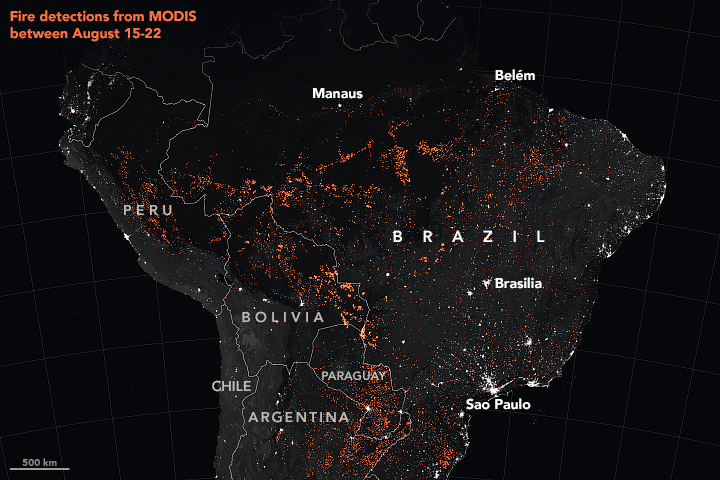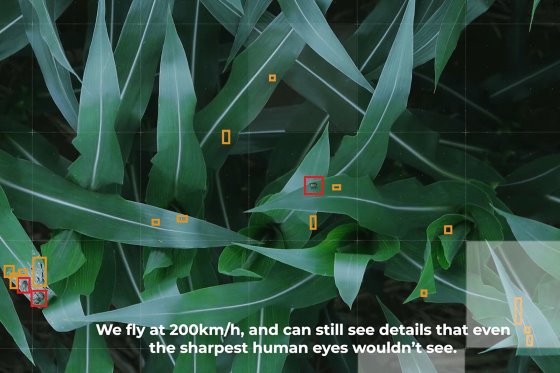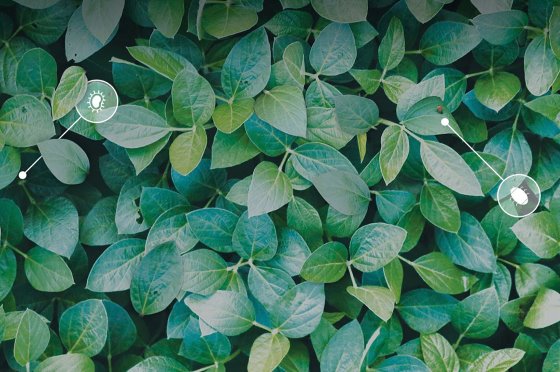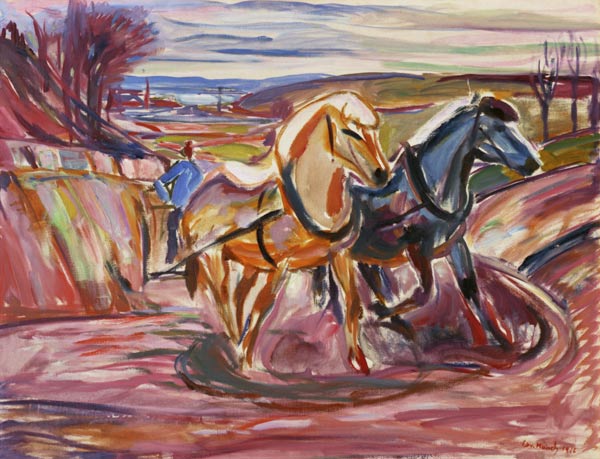You
can also view the message online

Châtenay-Malabry (FR - 92290), August 26, 2019
EFITA newsletter / 892 - European Federation for Information Technology in Agriculture, Food and the Environment
To unsubscribe this newsletter, please contact me directely: guy.waksman(a)laposte.net if this link Unsubscribe does not work.
Please note that I changed the presentation of the links that are embedded in the name of the web service.

To correspond with me (GW), please use this address: guy.waksman(a)laposte.net
To subscribe the efita newsletter (please ask your friends and colleagues to test this link)
Efita Newsletters subscription
Weekly newsletters about ICT in Agriculture in English and French
Both newsletters have around 14000 subscribers.
>>> Last weekly EFITA Newsletters in English (created in 1999)
Efita Newsletters
>>> Last weekly AFIA Newsletters in French (created 20 years ago in 1997)
Afia Newsletters
Around 15% of subscribers have a look on these newsletters. A rather normal rate…
The archive for the last years are available on the AFIA web site.
|
|
Audience EFITA Newsletter / 891 dated August 19, 2019
Voir EFITA
EFITA 2019, synthèse des présentations sur le numérique en élevage, par Sylvain Gallot
Voir numerique.acta.asso.fr
Good old days (???):The Sower by Vincent Van Gogh, 1889
Join the Future Farming seminar at Agritechnica! Future Farming will organise a free seminar on ag machinery and precision farming at Agritechnica
The biggest, international machinery exhibition, Agritechnica, is around the corner and will be held between November 10-16 in Hannover, Germany. Future Farming will organise a free seminar on ag machinery and precision farming.
See futurefarming.com
Next GIL Meeting
17 – 18 February 2020 – FREISING, Bavaria
The next annual meeting of the Society for Computer Science in the Agriculture, Forestry and Food Industry (GIL) will take place in Freising-Weihenstephan. Under the existing paradigm of digitalization, the focus will be:
Digitalisierung für Mensch, Umwelt und Tier (Digitalization for humans, the environment, and animals)
40 years after its foundation, the Society will meet again at the place of its inaugural session. As always, partners from practice will be involved, providing an opportunity to interact - updates can be found on the homepage.
The official language of the meeting is German, but English-language contributions are (also) welcome (deadline September 19).
See gil-net.de
Contact: PD Dr. Andreas MEYER-AURICH
E-mail: ameyer(a)atb-potsdam.de
|
|
Artificial Intelligence in Agriculture (new journal)
Artificial Intelligence (AI) techniques are widely used to solve a variety of problems and to optimize the production and operation processes in the fields of agriculture, food and bio-system engineering.
Artificial Intelligence in Agriculture is an international, Open Access journal, publishing original research, reviews and perspectives on the theory and practice of artificial intelligence (AI) in agriculture, food and bio-system engineering and related areas. Artificial Intelligence in Agriculture serves as an interdisciplinary forum to share ideas and solutions related to artificial intelligence and applications in agriculture. The journal welcomes both fundamental science and applied research describing the practical applications of AI methods in the fields of agriculture, food - and bio-system engineering and related areas.
Topics of interest to the journal include, but are not limited to:
- AI-based decision support systems
- AI-based precision agriculture
- Smart sensors and Internet of Things
- Agricultural robotics and automation equipment
- Agricultural knowledge-based systems
- Computational intelligence in agriculture, food and bio-systems
- AI in agricultural optimization management
- Intelligent interfaces and human-machine interaction
- Machine vision and image/signal processing
- Machine learning and pattern recognition
- Neural networks, fuzzy systems, neuro-fuzzy systems
- Systems modeling and analysis
- Intelligent systems for animal feeding
- Expert systems in agriculture
- Intelligent systems for animal feeding
- Crop Phenotyping and analysis
- Remote sensing in agriculture
- AI technology in aquiculture
- AI in food engineering and cold chain logistics
- Big Data and Cloud Computing
- Automatic navigation and self-driving technology
- Precision agricultural aviation
- Distributed ledger technology (Blockchain)
The journal welcomes original research articles, review articles, perspective papers and short communications. The journal’s editorial leadership welcome suggestions and proposals for special issues.
See artificial-intelligence-in-agriculture
See recent published papers
Rapid adoption of artificial intelligence in agriculture
The AI in agriculture market was valued at USD 600 million in 2018 and is expected to reach USD 2.6 billion by 2025.
Key players:
The key players operating in the AI in agriculture market are IBM (US), John Deere (US), Microsoft (US), Agribotix (US), The Climate Corporation (US), ec2ce (Spain), Descartes Labs (US), Sky Squirrel Technologies (Canada), Mavrx (US), aWhere (US), Gamaya (Switzerland), Precision Hawk (US), Granular (US), Prospera (Israel), Cainthus (US), Spensa Technologies (US), Resson (Canada), FarmBot (US), Connecterra (Netherlands), Vision Robotics (US), Harvest Croo (US), Trace Genomics (US), and CropX (Israel).
Major players in this market have adopted strategies such as acquisitions, and partnerships, for the growth of the overall artificial intelligence in agriculture market. For instance, in September 2017, Deere & Company acquired Blue River Technology (US), an artificial intelligence (AI) start-up. Blue River Technology uses AI to identify and spray herbicides on weeds. Similarly, in March 2017, the climate corporation partnered with TerrAvion (Israel) to deliver high-resolution imagery to farmers.
See futurefarming.com
|
|
Use of probabilistic expert elicitation for assessing risk of appearance of grape downy mildew, by M.Chen, F.Brun, M.Raynal, C.Debord, D.Makowski
Highlights:
- Dates of symptom appearance of grape downy mildew are estimated by probabilistic expert elicitation.
- The elicited dates are earlier at the beginning of the season and later at the end of the season.
- Experts' uncertainty decreases during the growing season.
- Elicited dates tend to be too early when elicitation is carried out in April.
- Agreement between experts' judgment and observations is better in late spring.
See sciencedirect.com
NASA is not very clear in its messages ... From August 13 to 19, it seems to me that these messages have changed, one referring to the years 2010-2019 (increase in the number of fires) and the other based on the last fifteen years (relative stability of this number of fires). Reminder: I have no skills on this subject!
>>> Uptick in Amazon Fire Activity in 2019 (August 19, 2019)
With the fire season in the Amazon approaching its midpoint, scientists using NASA satellites to track fire activity have confirmed an increase in the number and intensity of fires in the Brazilian Amazon in 2019, making it the most active fire year in that region since 2010.
See earthobservatory.nasa.gov
>>> Fires in Brazil (August 13, 2019)
In the Amazon region, fires are rare for much of the year because wet weather prevents them from starting and spreading. However, in July and August, activity typically increases due to the arrival of the dry season. Many people use fire to maintain farmland and pastures or to clear land for other purposes. Typically, activity peaks in early September and mostly stops by November.
As of August 16, 2019, an analysis of NASA satellite data indicated that total fire activity across the Amazon basin this year has been close to the average in comparison to the past 15 years. (The Amazon spreads across Brazil, Peru, Colombia, and parts of other countries.) Though activity appears to be above average in the states of Amazonas and Rondônia, it has so far appeared below average in Mato Grosso and Pará, according to estimates from the Global Fire Emissions Database, a research project that compiles and analyzes NASA data.
See earthobservatory.nasa.gov
Minimising chemicals and labour with camera operated hoeing machine
Dutch grower Sjaak Huetink is enthusiastic about using the Poulsen Robovator camera operated hoeing machine. “We have never sprayed as little or made as few weeding hours. Our plots have never been cleaner.”
See futurefarming.com
Taranis and BASF provide crop monitoring in Brazil
Taranis and BASF announced a partnership which will provide farmers in Brazil with go-to-market crop monitoring solutions.
Maschio Gaspardo Chrono speeds up corn planting
Last year at the Eima show in Bologna Maschio Gaspardo launched Chrono, an newly developed planting system for corn, sugar beets, rapeseed, soya beans and sunflowers. We watched a demo version operate in the Netherlands.
See futurefarming.com
From Agfoudernews.com
> Oxford spin-out MoA is rebooting decades-old science to tackle “herbicide crisis”
> If we really want to sequester more carbon, agriculture can’t be made the enemy, says microbial input startup Locus
> Consumers demand sustainability but are they realistic about the timeline?
> What’s the secret to getting farmers hooked on agtech apps?
Good old days (???): Horses by Edvard Munch
Farmers Don’t Need to Read the Science. We Are Living It.
A new report is another dire warning on climate change.
See nytimes.com
Conservation tillage does not affect crop yield
Modern conservation tillage practices do not affect crop yield in a negative way, according to a study by North Dakota State University.
See futurefarming.com
|
|
|
One short joke provided by Paul
Q.: What is black – white – black – white – black – white? And so on!
A.: A penguin rolling down a mountain!
A second one
Two elephants meet a totally naked guy.
After a while one elephant says to the other:
“I really don’t get how he can feed himself with that thing!”
Contact: Paul JAMET
Mél : paul.jamet(a)free.fr
The distribution of this efita newsletter is sponsored by vitisphere.com
Please, contribute to the content of your efita newsletter, and advertise your events, new publications, new products and new project in this newsletter. Without your support, it will not survive!
Contact: Guy WAKSMAN
E-mail: guy.waksman(a)laposte.net
To read this newsletter on our web site
See Afia
The archives of this newsletter
See Afia
About the EFITA mailing list
You can use the efita moderated list (> 15000 subscribers) to announce any event / product / web site / joke (!) related to IT in agriculture, environment, food industry and rural areas.
If you want to subscribe a friend, please fill in his form.
If you do not wish to receive our messages, please fill in the following form...





